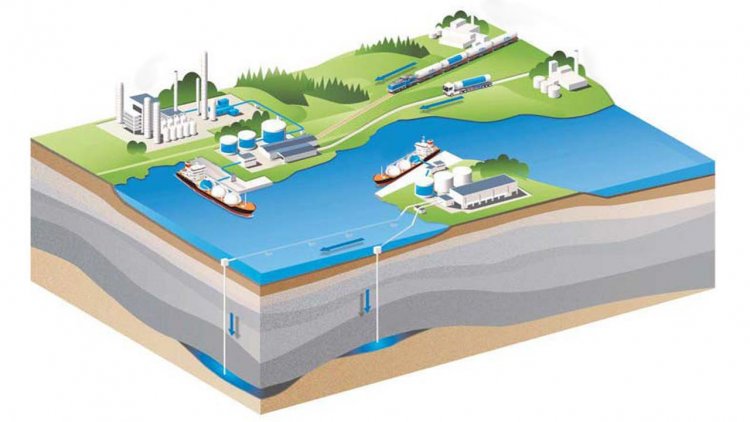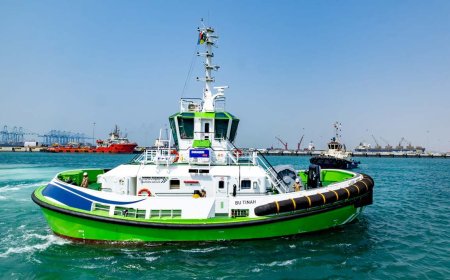Carbon dioxide capture solution progressing at the Port of Gothenburg
Five major energy companies in western Sweden have joined forces in the CinfraCap project.

A prestudy commenced in May to determine whether a joint solution could be found for an efficient, sustainable infrastructure for captured carbon dioxide. Every aspect of this undertaking is being examined in detail, both on the drawing board and out in the port.
Hesam Mortazavi, project manager at the COWI consulting group, said:
“Our remit was to investigate the possibility of creating an optimised logistics and intermediate storage chain, the ultimate aim being to transport up to two million tonnes of captured carbon dioxide each year from facility to quayside. To realise this ambition, a highly efficient infrastructure needs to be in place, and we are currently working flat out to produce analyses, scenarios, and estimates.”
A visit was made recently to the Energy Terminal at the Port of Gothenburg to identify a suitable location for intermediate storage and possible liquefaction of carbon dioxide.
Claes Rödén, Engineering Manager at the Gothenburg Port Authority, said:
“We have found a potential site close to the quayside that could work. We have also been around the port to get an overall picture of the situation and to formulate ideas about the configuration of the new pipelines down to the quayside.”
Previous experience has shown that complex infrastructure projects in general tend to be extremely cost-intensive, and funding is frequently a crucial issue. With this in mind, the focus during the prestudy was on the potential to optimise the cost of investment and energy consumption and determining which alternative – an individual or joint investment – would be most suitable. The CinfraCap prestudy will be completed in March 2021 and the results will then be presented.
Isabella Herstad-Norin, process manager for CinfraCap at COWI, said:
“Regardless of the outcome, we have already acknowledged the need to recommend subsidies. As it will be a costly project to implement and maintain over time, it is vital that we have an established investment framework in place for both the facility and the pipelines, and that we take full account of future operating costs. However, there is a commercial upside in the fact that the companies can sell emission rights and by doing so reduce their carbon emissions when they use CCS technology.”

























































































































































